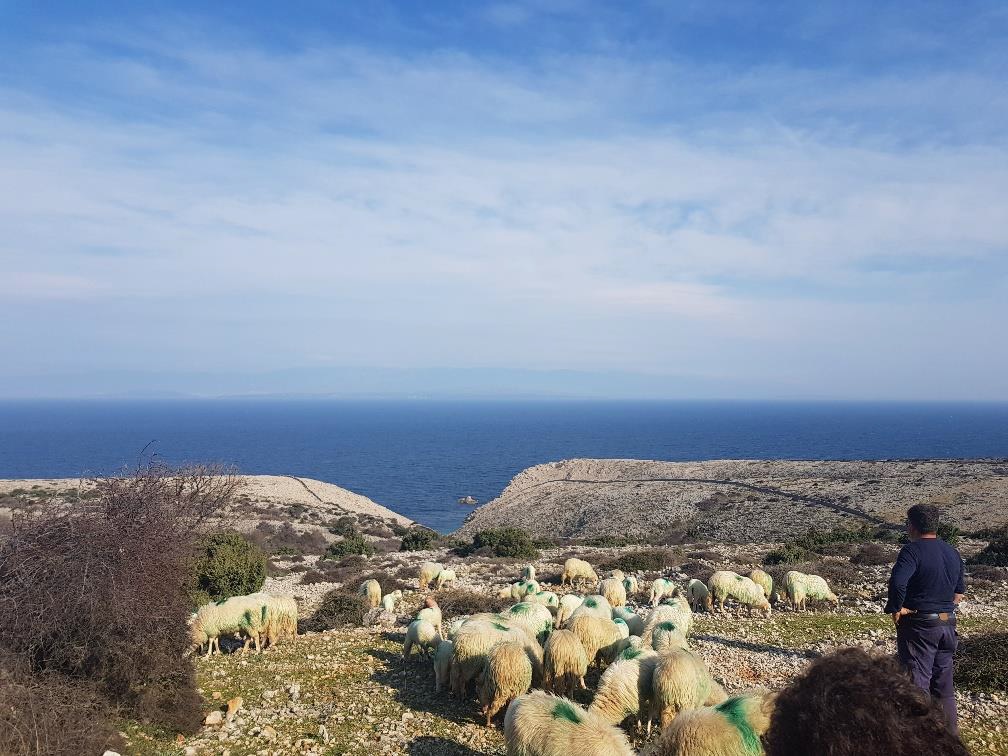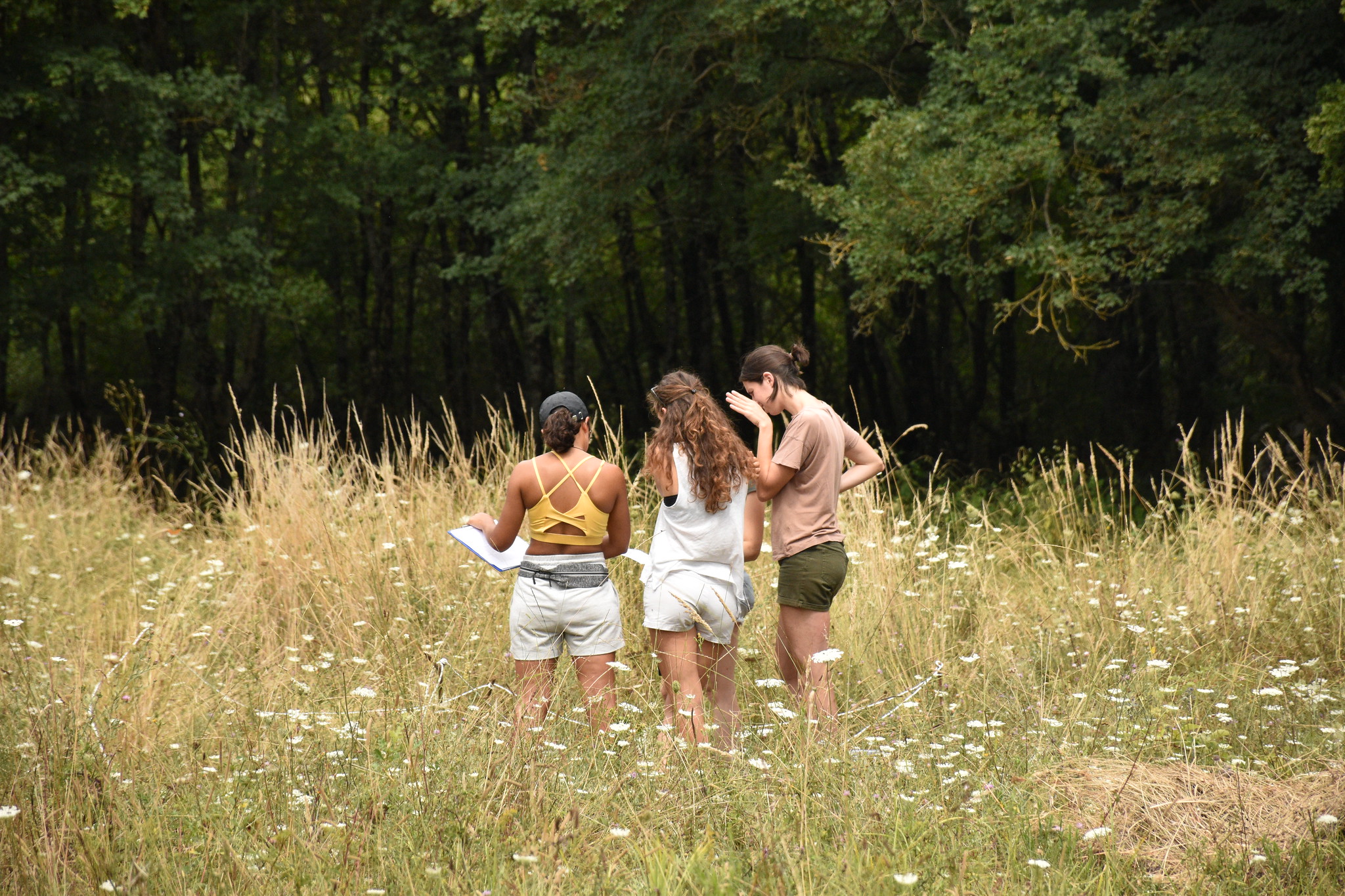 This year we celebrate the fortieth anniversary of Eurasian lynx (Lynx lynx) reintroduction into the Dinaric Mountains. On March 2nd 1973 three females and three males, live captured in Slovakian Carpathians, were released to Kočevje forest in Slovenia. The reintroduction to the Dinaric Mountains, is considered to be one of the most successful reintroductions of a large predator. The newly established population encountered favorable habitat with abundant prey base, and all three females produced offspring already in the first year. The population rapidly expanded, with lynx appearing in Croatia almost immediately in 1974, and in Bosnia and Herzegovina in 1980. Vigorous population growth and range expansion during the initial 15 years was followed by a period of stabilization in the late 80s and early 90s. However, in the last 15 years the trend of this success story turned downwards, and today Dinaric lynx population is on the verge of extinction, once again.
This year we celebrate the fortieth anniversary of Eurasian lynx (Lynx lynx) reintroduction into the Dinaric Mountains. On March 2nd 1973 three females and three males, live captured in Slovakian Carpathians, were released to Kočevje forest in Slovenia. The reintroduction to the Dinaric Mountains, is considered to be one of the most successful reintroductions of a large predator. The newly established population encountered favorable habitat with abundant prey base, and all three females produced offspring already in the first year. The population rapidly expanded, with lynx appearing in Croatia almost immediately in 1974, and in Bosnia and Herzegovina in 1980. Vigorous population growth and range expansion during the initial 15 years was followed by a period of stabilization in the late 80s and early 90s. However, in the last 15 years the trend of this success story turned downwards, and today Dinaric lynx population is on the verge of extinction, once again.
In the past, similar to other large carnivores, the Eurasian lynx was one of the most heavily persecuted animal species in Europe. Severe human impact started as early as the 16th century and reached its peak in the 19th century, causing lynx extinctions all over the continent. The last refuges for the species remained in Western Russia, Scandinavia, Carpathians and Balkan Peninsula. The story was similar in the Dinaric Mountains, where the last Eurasian lynx were shot in Croatia in 1903, in Slovenia in 1908 and in Bosnia and Herzegovina in 1911.
Today, human caused mortality is again one of the major factors threatening population survival, but enhanced with low genetic variability and inbreeding. Dinaric population was founded by six animals, out of which two pairs were already related (mother and son; brother and sister). Also there is no contact with the neighboring Alpine and Balkan populations, so offspring of six animals have been breeding among them for the last 40 years. This process eroded genetic variation and research showed that Dinaric population has the lowest genetic variability out of all Eurasian lynx populations researched until now. Low effective population size, considerable inbreeding and low genetic diversity make long-term prospects of this population questionable. If we want to preserve this beautiful felid in the Dinaric Mountains, a new reintroduction is the only solution.






